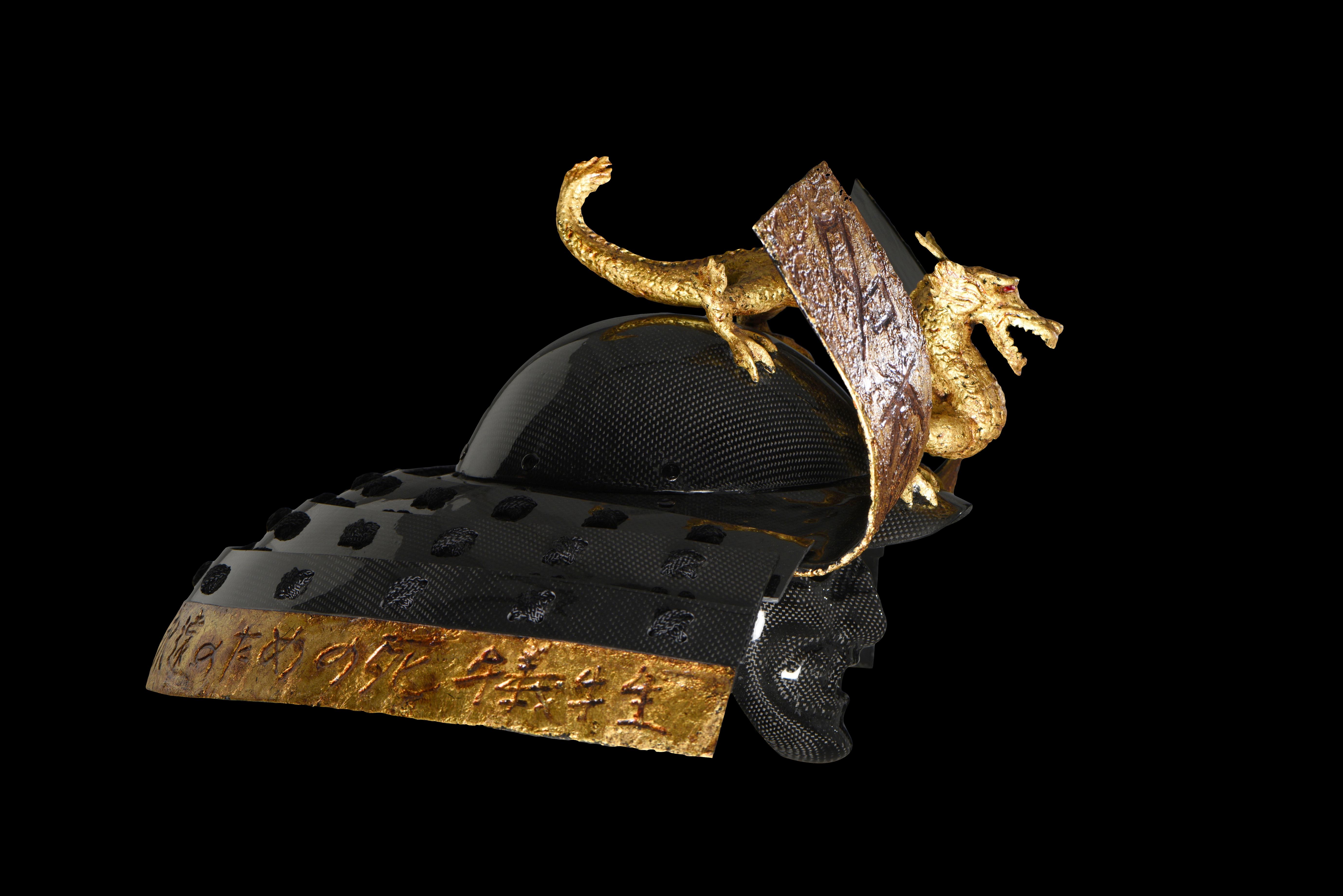Lacquering is a broad category of decorative arts, since the lacquer has been used in paintings, prints, and on a variety of objects from Buddhist statues to bentō boxes.
In the Japanese language various terms are used to refer to lacquered. Shikki (漆器) means “lacquer elements” in the literal sense, while nurimono (塗 物) means “coated elements”, and urushi-nuri (漆 塗) means “lacquer cover.”
The sap of the lacquer tree, now called “urushiol-based lacquer” has traditionally been used in Japan. Because the substance is poisonous to the touch until it dries, its use has been in the exclusive hands of properly trained artisans.
Elements have been found indicating that lacquer has been used in Japan since 7000 years AdC, the earliest evidence corresponds to the Jōmon period. Such evidence was discovered at the Kakinoshima “B” excavation site in the Hokkaido village of Minamikayabe (北海道 の 南 茅 町 町 町 ノ ノ 島 B). Numerous traditional handicrafts and industrial arts used in the history of Japan have been influenced by China, and over the centuries have been the subject of various stylistic influences and innovations. During the Edo period (1603-1868) increased the cultivation of lacquer trees and the development of techniques for their use. In the 18th century colored lacquers gained wide diffusion and use.

